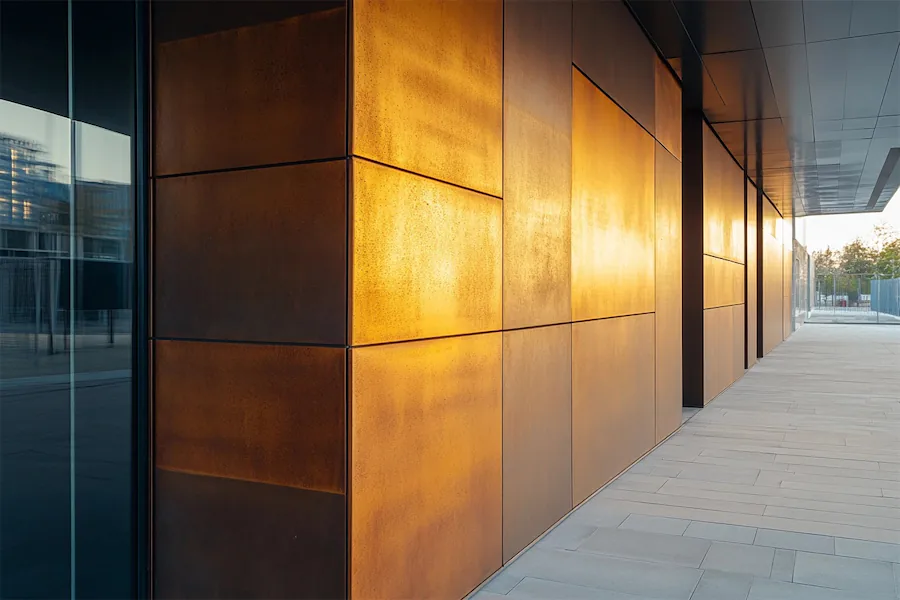Prefabricated walls, also known as prefab walls, are wall sections manufactured in a controlled, off-site environment and transported to the construction site for installation. This method streamlines the building process, offering benefits such as reduced construction time, consistent quality, and minimized on-site labor.
Introduction to Prefabricated Walls
Prefabricated walls are produced in factory settings where precise measurements and quality controls are maintained. These panels can include various components, such as insulation, electrical wiring, and window or door openings, tailored to the specific requirements of a project. Once fabricated, the panels are delivered to the construction site and assembled, expediting the building process compared to traditional on-site framing methods.
History and Origins of Prefabricated Walls
The concept of prefabrication in construction dates back to the early 20th century, gaining prominence during post-war periods to address housing shortages. Advancements in manufacturing technologies and materials have since refined prefabrication techniques, making them a viable option for a wide range of building types, including residential, commercial, and industrial structures.
Key Features of Prefabricated Walls
- Time Efficiency: Manufacturing wall panels off-site allows for simultaneous site preparation and panel fabrication, significantly reducing the overall construction timeline.
- Quality Control: Factory production ensures consistent quality through standardized processes and inspections, resulting in precise and reliable components.
- Cost Savings: By minimizing on-site labor and reducing construction time, prefabricated walls can lead to cost reductions in both labor and financing.
- Sustainability: Controlled manufacturing environments generate less waste, and the use of sustainable materials can further enhance the environmental benefits of prefabricated walls.
Applications of Prefabricated Walls
- Residential Construction: Prefabricated wall panels are utilized in single-family homes and multi-unit developments, offering rapid assembly and consistent quality.
- Commercial Buildings: Office complexes, retail spaces, and hospitality projects benefit from the speed and efficiency of prefabricated wall systems, allowing for quicker occupancy.
- Industrial Facilities: Warehouses and manufacturing plants employ prefabricated walls to meet specific design and functional requirements, facilitating faster project completion.
Considerations When Choosing Prefabricated Walls
- Design Flexibility: While prefabrication offers many advantages, it may impose certain limitations on design modifications once production has commenced. Early and thorough planning is essential.
- Transportation and Assembly: Logistics for transporting large panels to the site and the availability of skilled labor for assembly should be considered to ensure a smooth construction process.
- Initial Costs: Although long-term savings are achievable, the upfront investment for prefabricated components can be higher. A cost-benefit analysis is recommended to determine overall project feasibility.
Conclusion
Prefabricated walls represent a modern approach to construction, combining efficiency, quality, and sustainability. By shifting significant portions of the building process to controlled factory environments, this method addresses many challenges associated with traditional construction, paving the way for innovative and expedited building solutions.
